EARTH360
Follow me on X: @Bill360360 [Note: I plan to eventually move all my personal content to BillLauritzen.com. Earth360.com will be used for Climate Mitigation, Earth360.net will be used for global video communication, and Earth360.org will be used for used for STEM non-profit initiatives.]
I am an independent scholar, autodidactic polymath, author, and educator. Scholars and scientists, including Nobel Prize winner Sir Harry Kroto, philosopher Daniel Dennett, author Martin Gardner, biologist Lynn Margulis, science writer and skeptic Michael Shermer, cognitive scientist Douglas Hofstadter, and environmental scientist James Lovelock, have praised or commented on my work. One of my notable books is The (Human) Invention of God: The Natural Origins of Mythology and Religion. Here’s what some reviewers have said:
"Lauritzen has some good ideas ..." Daniel Dennett, Philosopher, Author.
"Anyone interested in science and religion should read this book." Dr. Elizabeth Loftus, Ph.D., Award-Winning Psychologist, UC Irvine.
"An interesting and thought-provoking book." Dr. Mamikon Mnatsakanian, Ph.D, Astrophysicist, Mathematician, California Institute of Technology.
I am currently working on other books and manuscripts:
"Atoms and Souls: The Prehistoric Origins of Science and Religion" (download draft pdf of Mar 29, 2025),
"Tommy Turtle at the Rabbit School" a STEM children's book series (download draft pdf of Feb 25, 2025),
"Plato's Atlantis Allegory and the Sundaland Hypothesis" (download draft pdf),
"Machines that Dream: Artificial Intelligence through Biomimic Forced Compression."
"Genius Nation: My Educational Odyssey"
Sir Harry Kroto invited me to present my models at the first international interdisciplinary conference on Carbon-60 in 1994. I also designed a modern-day Stonehenge, called SpaceHenge. I also wrote a paper explaining geodesic domes. Currently, I'm an advisor to the Lifeboat Foundation. As a swimmer, I was ranked 25th globally at age 16.
I graduated with distinction from the Air Force Academy in Colorado Springs
where I was named Outstanding Graduate in Behavioral Sciences and Philosophy.
One of my advisors at
the Air Force Academy was Roger
Bate who
co-authored the classic book on astrodynamics, who also inspired my interest in computer
science and AI.
Later, I earned a master's degree from Purdue in Industrial and Organizational Psychology specializing in Human Factors (Usability) Engineering.
My classmate at the Air Force Academy and at Purdue was Captain Sully Sullenberger.
While In the Air Force, I gave a lecture at the Test Pilot School on Information overload, and I also collected data from the test pilots for a paper. However, due to my views on the Vietnam war, I left the Air Force as a conscientious objector. In 1975, at the encouragement of family, I briefly joined the Church of Scientology. From 1977-1980, I was a staff member, which was an intense experience. The first two months I slept in my van in the church parking lot.
As staff members, since we could not make enough money to support ourselves, we had to take outside jobs. I sold artwork door-to-door (metal etchings and music boxes), and I also delivered the Recycler newspaper and a local weekly newspaper in my van. I have not been associated with this church since about 1985. I have written one article about my experience in Scientology.
From 1980 to 1982 was a transitional period for me. I worked various jobs: as a lifeguard, swim instructor, supply guard, and swim coach (for LA City Aquatics, Hollywood YMCA, and Beverly Hills YMCA). I worked as a machine press operator at a paper cutting factory. I also packed sprouts in an alfalfa sprout factory, packed and shipped boxes for a marketing department, drove a moving truck and moved furniture, did more door-to-door sales (laser pictures), worked as a telephone solicitor for 3 different companies (one for 2 days, one for 3 days and one for 3 months), and worked as a summer camp counselor--which included teaching swimming and soccer as well as driving a small school bus.
In late 1982, I finally found a non-boring job, working as a substitute teacher. So from 1982 through the 1990s, I taught ethnic minorities and economically disadvantaged students as a substitute and long-term substitute in the inner city of Los Angeles, including South-Central LA and East LA. During this period, I used my evenings to explore various scientific subjects, and write many articles. I also visited three active volcanoes, which led to my first book on the natural origins of mythology and religion. I used my computer programming skills to study highly composite numbers and I wrote a notable paper about them.
In the 2000s I taught at Otis College of Art and Design (Mathematics for Artists), at Los Angeles City College (Introduction to Psychology, Developmental Psychology, Abnormal Psychology, Critical Thinking) at Johns Hopkins University, Center for Talented Youth (Cognitive Psychology), and at Columbia College Hollywood (Science for Film-Makers). In the late 2000s, when I was back substitute teaching and the Great Recession had begun in earnest, I developed a web robot to find jobs for myself. (When the school district's system engineers found I was somehow searching for a job every three seconds, all night long, they copied my robot and sold it to all the sub teachers.) So, in the fall of 2010, I left for China.
I taught for 8 years at a notable university, Xiamen University. I taught Spoken English in the College of Foreign Languages and Cultures and also collaborated with the Brain-Like Intelligence Systems Lab and the Multi-Media Lab (editing papers and making suggestions). In my free time, I studied Chinese language, geography, history, and philosophy.
Thanks to all my substitute teaching experience, I have taught
at 116 different schools, colleges and universities, in every grade from kindergarten through
university, perhaps becoming (somewhat inadvertently) one of the world's most experienced
educators.
My current interests are cognitive science, AI, STEM education, and political science.
More about Bill
Myself and philosopher
Daniel Dennett discussing my first book
in August, 2011, in Santa Fe, New Mexico. Dennett later invited
me to an online group of scholars studying evolution and religion and posted that
"Lauritzen has some interesting ideas..."
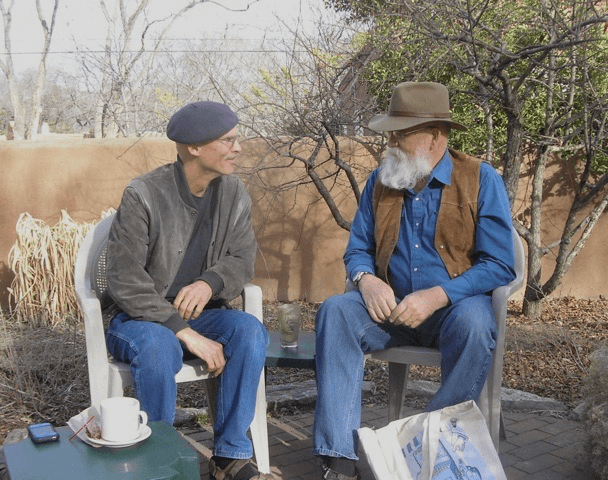
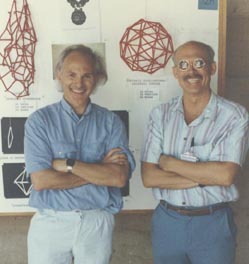
Nobel Prize winner Sir Harry Kroto (left) and me, 1994.
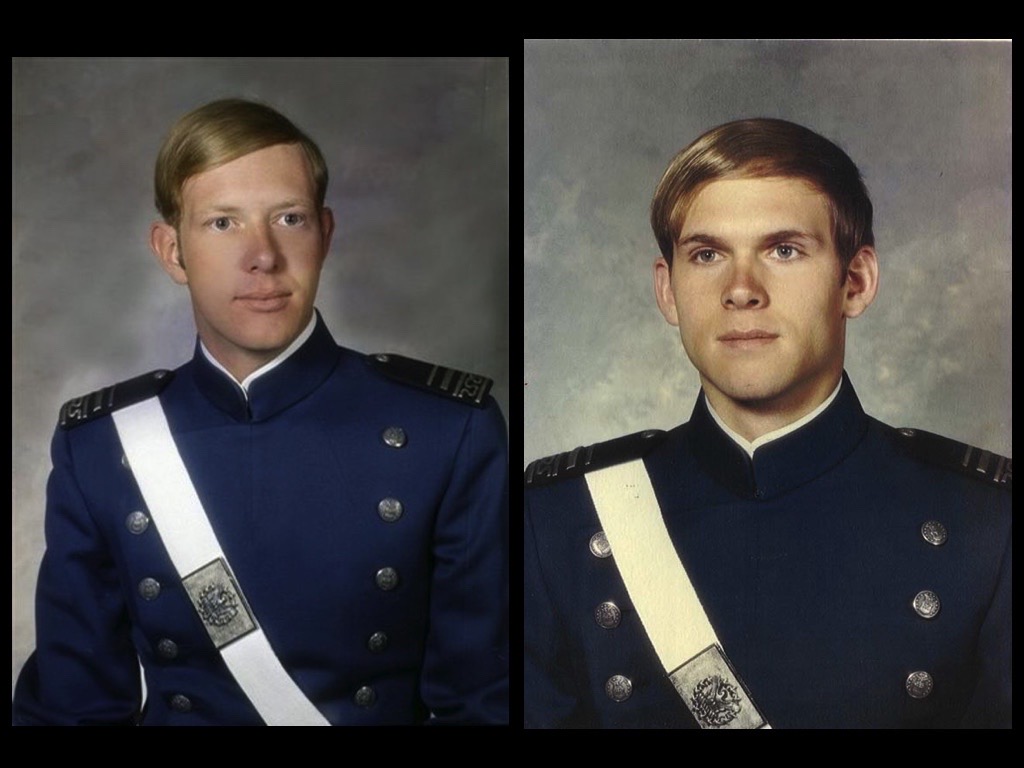
Captain Sully Sullenberger and me at the AF Academy.
We were sent to Purdue to do our master's degrees in Human Engineering.
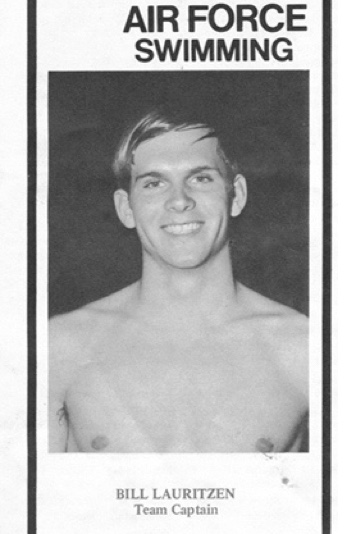
At the AF Academy.
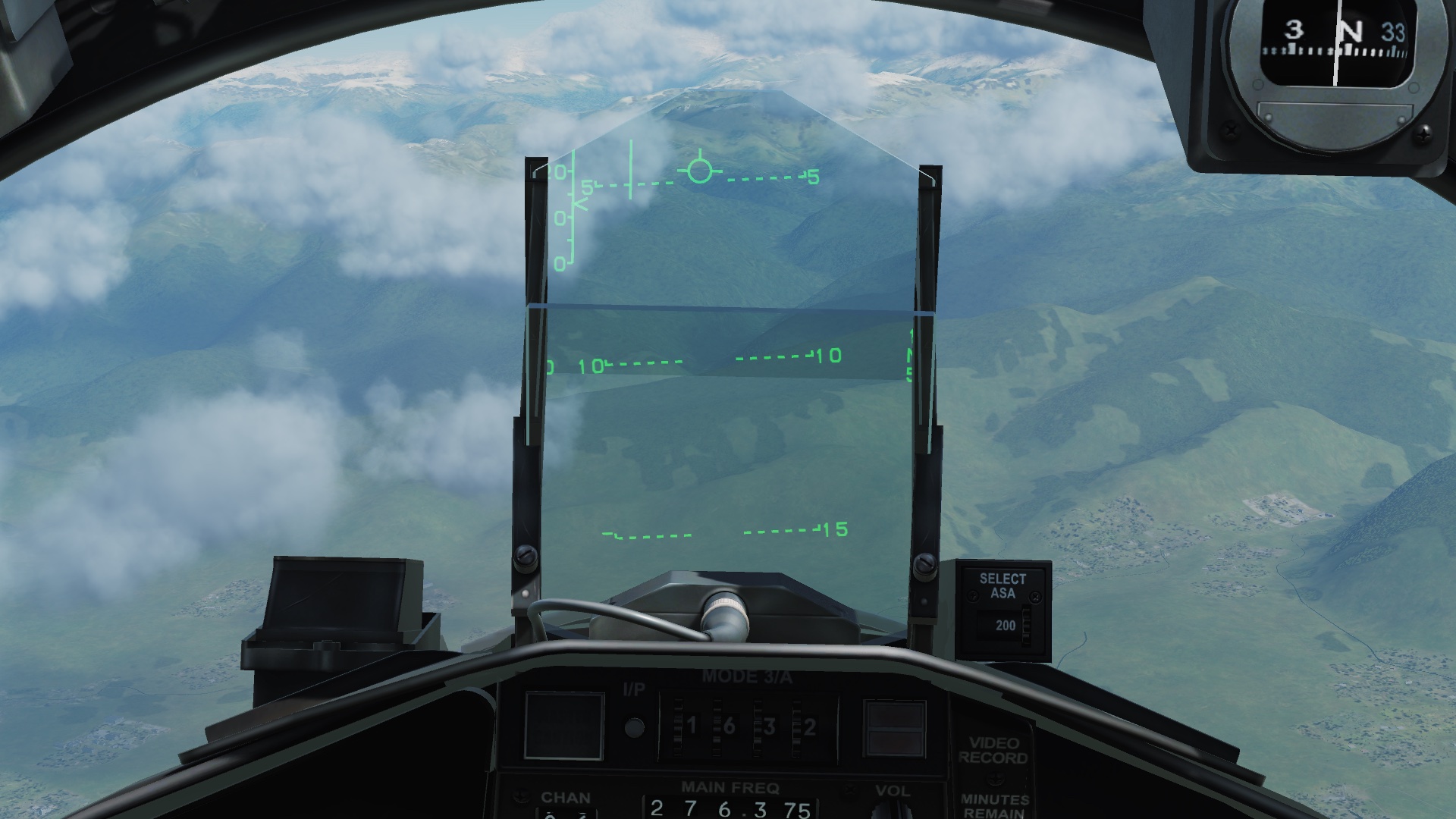
I worked as a Human Factors Engineer (User Experience) for cockpit design in the Air Force.

Working in Hollywood.

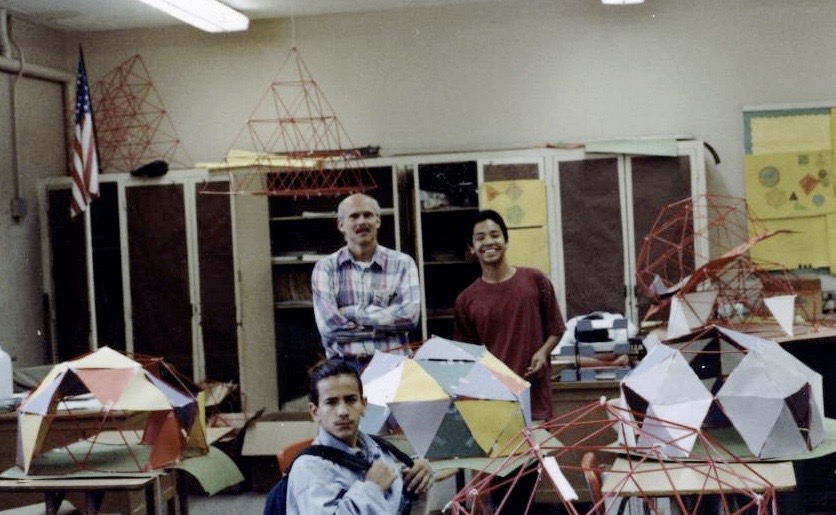
Teaching math in the inner city of LA.

With author/scholar Martin
Gardner at Gardner's home in North Carolina.
Gardner praised several of my papers.
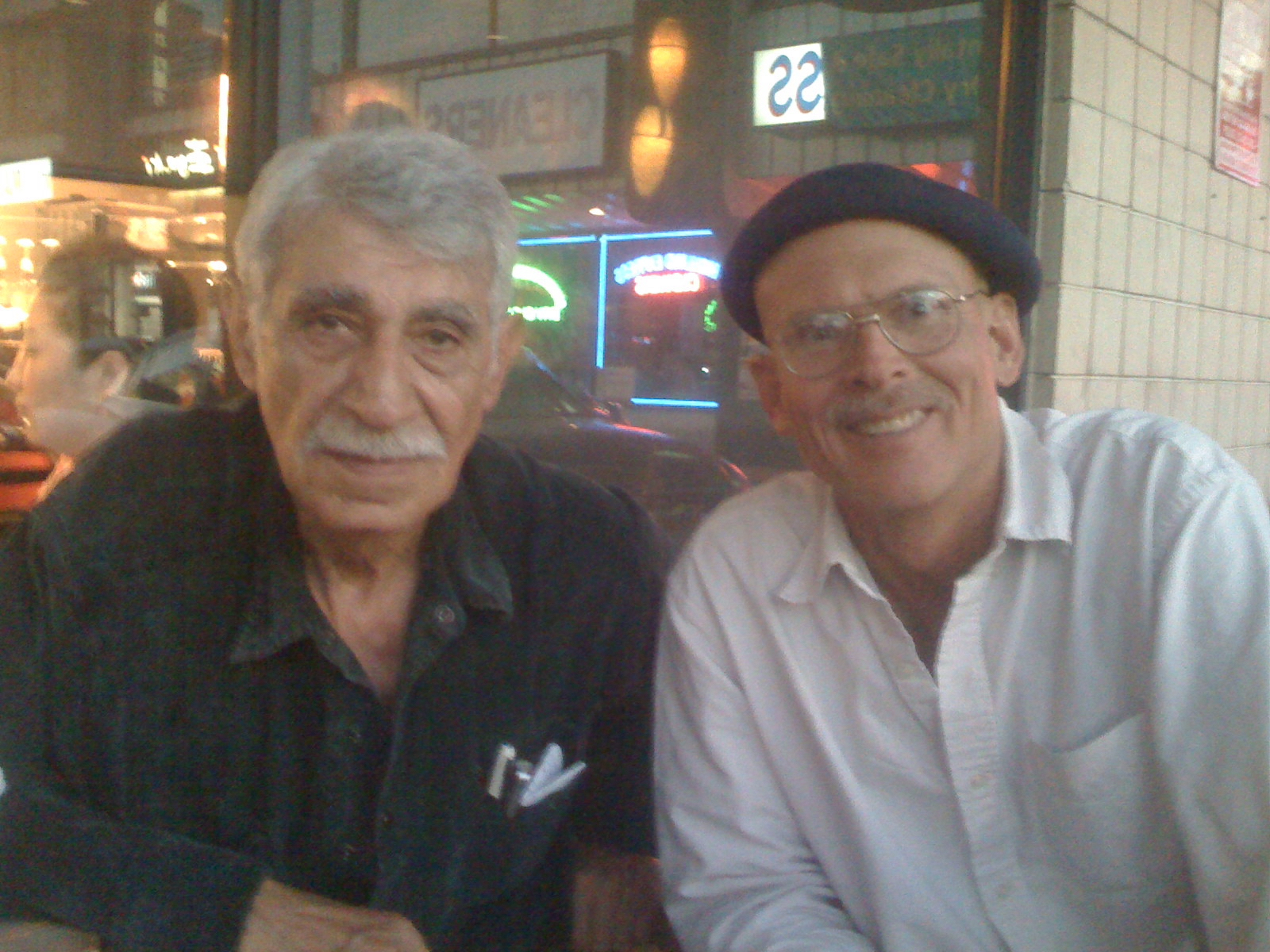
With Mamikon Mnatsakanian, astrophysicist and inventor of Visual Calculus.
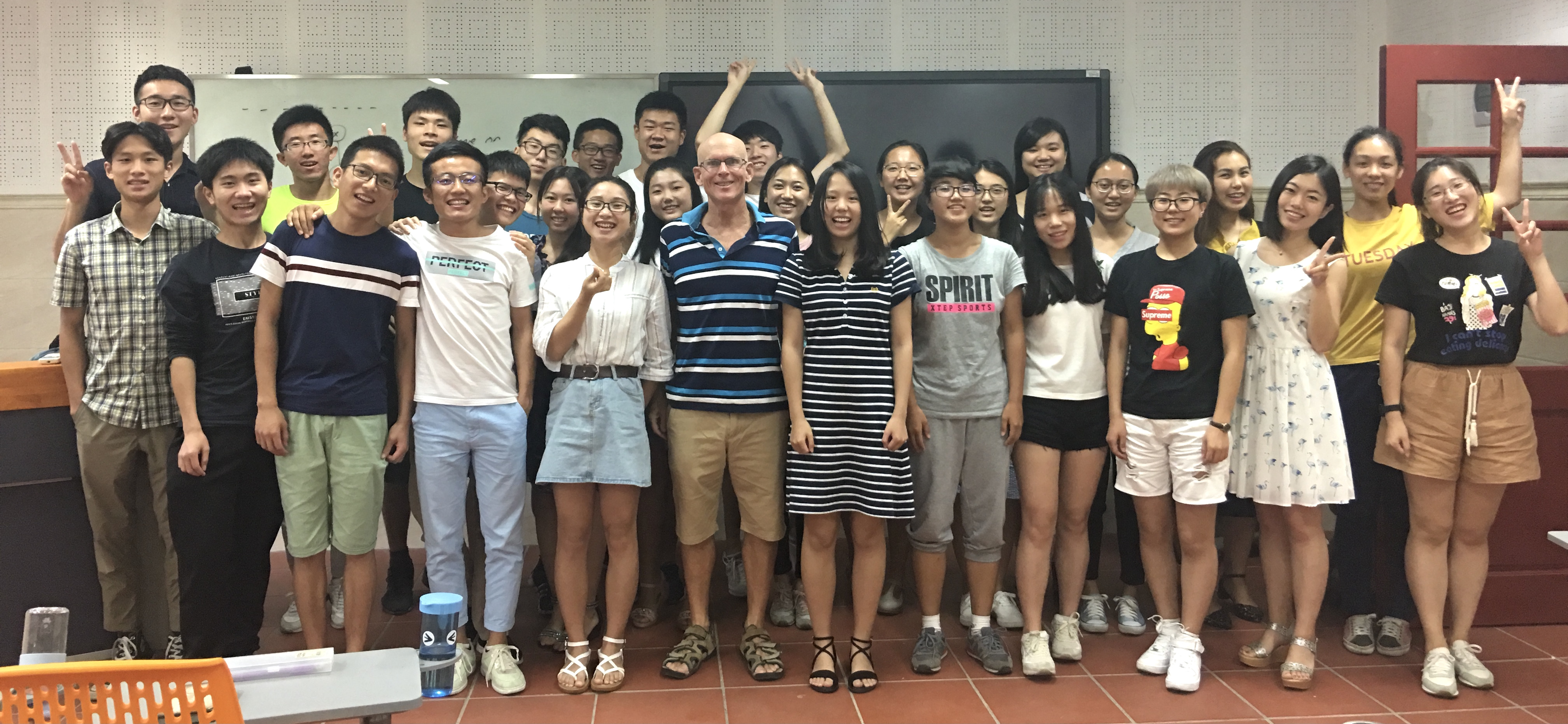
Teaching in China at Xiamen University.

With Ben Goertzel, renowned AI researcher in Hong Kong.
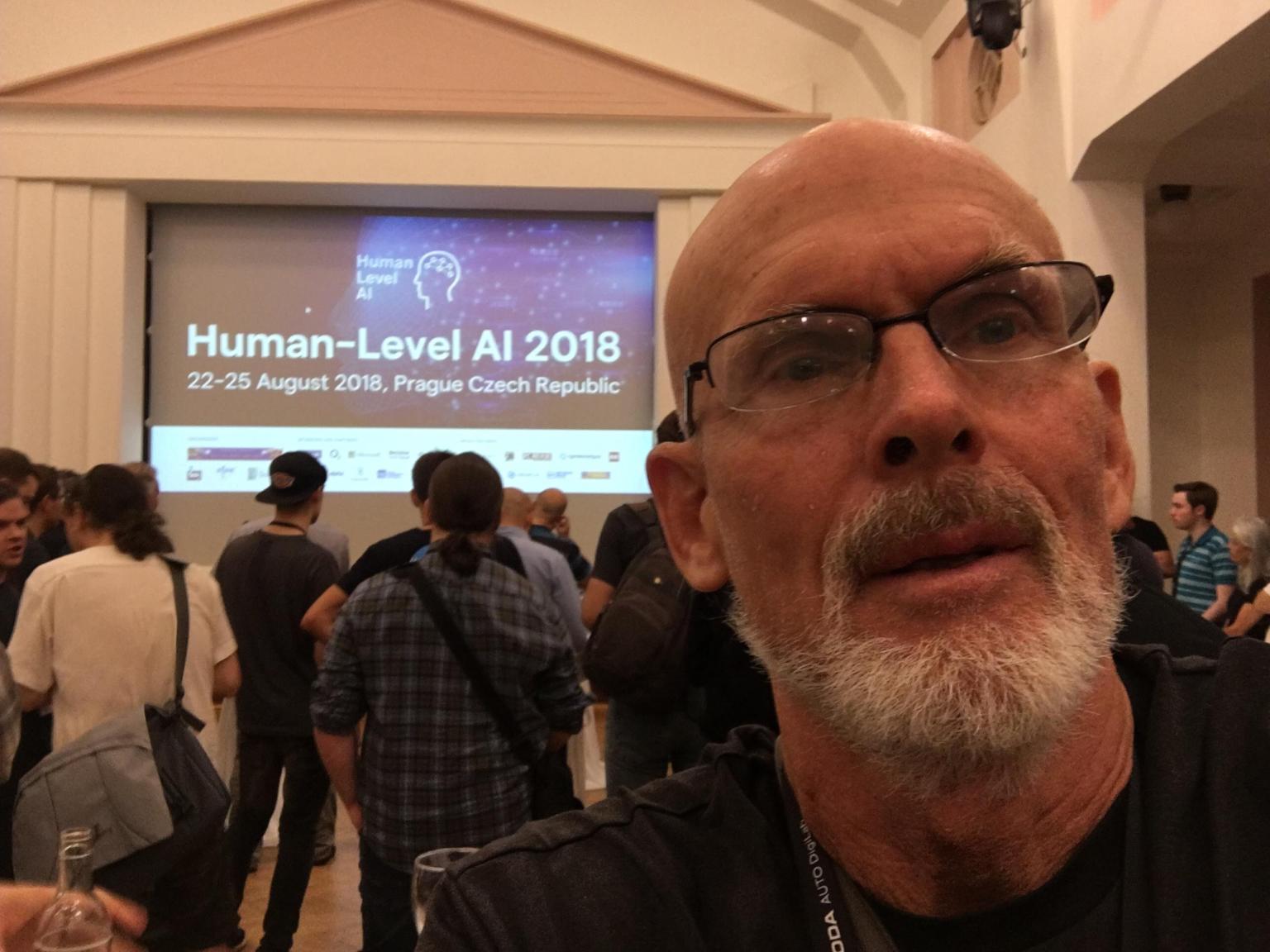
Attending an AI conference in Prague, 2018.


Organizing my community in China for renovation and beautification.
Following are some comments by some of the world's leading scientists and scholars on my work:





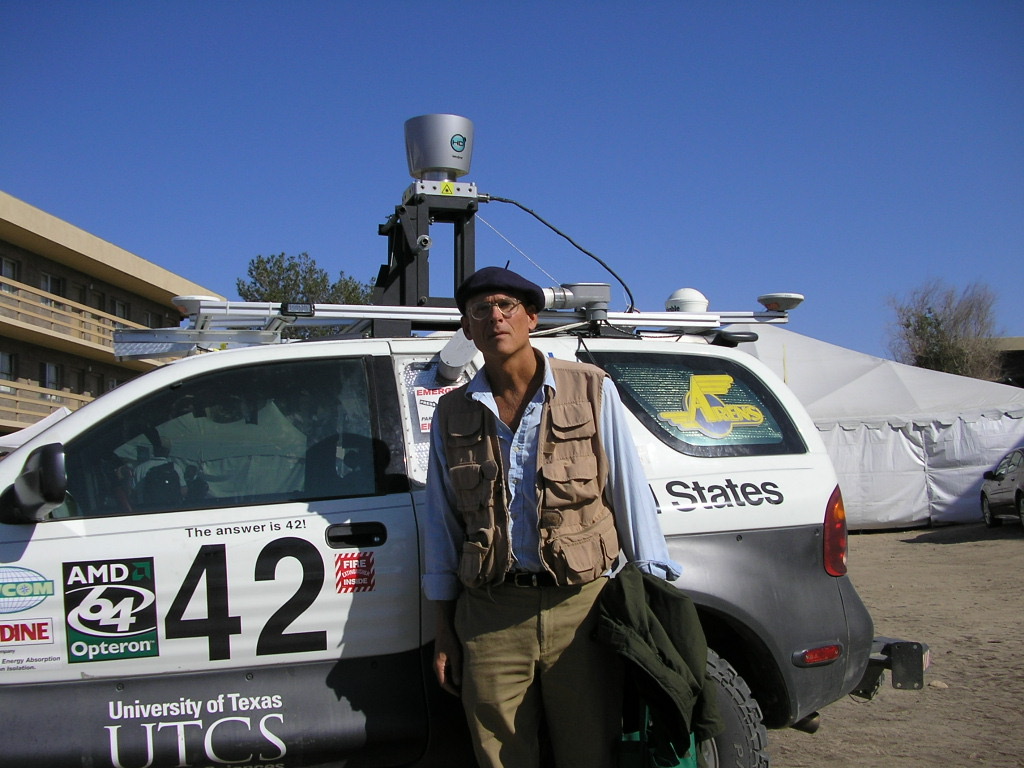


"Bill Lauritzen... who is some kind of genius".
- Sir Arthur C. Clarke, scientist, author and inventor of the communications satellite.
"I enjoyed reading it and begin to wonder about its applications..."
- James Lovelock, scientist and author, formulator of Gaia Theory, on The Social Applications of Highly Composite Numbers
"I read your article with high interest... eminently publishable".
- Martin Gardner, author and former mathematics editor of Scientific American magazine, on The Social Applications of Highly Composite Numbers
Thanks for your article. I looked through it and found it interesting.
- Douglas Hofstadter, Pulitzer Prize winning author of Godel, Escher, Bach, on The Social Applications of Highly Composite Numbers
inspiring...
- David Hanson of Hanson Robotics, designer of Sophia robot, on Bill's emotional curve.
Damn interesting... You have a most agile and... versatile mind.
- Michael Shermer, author, Why People Believe Weird Things on The Social Applications of Highly Composite Numbers
... the famous triangle paper...
- Harry Kroto, Nobel Prize winner in Chemistry, on Buckyballs Triangulated
... thought provoking.
- Robert Schoch, geologist, author, Voices of the Rocks.
I admire the clarity of your writing and the originality of your thought.
- Lewis Lapham, Harper's Magazine.
Thanks you very much for your letter... It appears that the... alignments may be cardinally oriented. If so, it is an interesting situation.
- E. C. Krupp, Astronomer, Griffith Observatory.
Excellent article.
- Arthur C. Clarke on Buckyballs Triangulated
It sounds like a wonderful idea!
- Storey Musgrave, former NASA Astronaut on Spacehenge
Sounds interesting and lots of fun.
- Louis Friedman, Director, Planetary Society on Spacehenge
Thanks for your charming numerophilic writings.
- Lynn Margulis, microbiologist, scientist, and author, on The Social Applications of Highly Composite Numbers
A fine piece...
- Martin Gardner, on Geodesic Dome Education
I passed your essay on to my Dean of Architecture...
- Arthur C. Clarke, on Geodesic Dome Education
I enjoyed reading it.
- Michael Shermer, science historian and publisher of Skeptic magazine , on Useable Science
... interesting paper...
- Arthur Loeb on Nature's Numbers ,